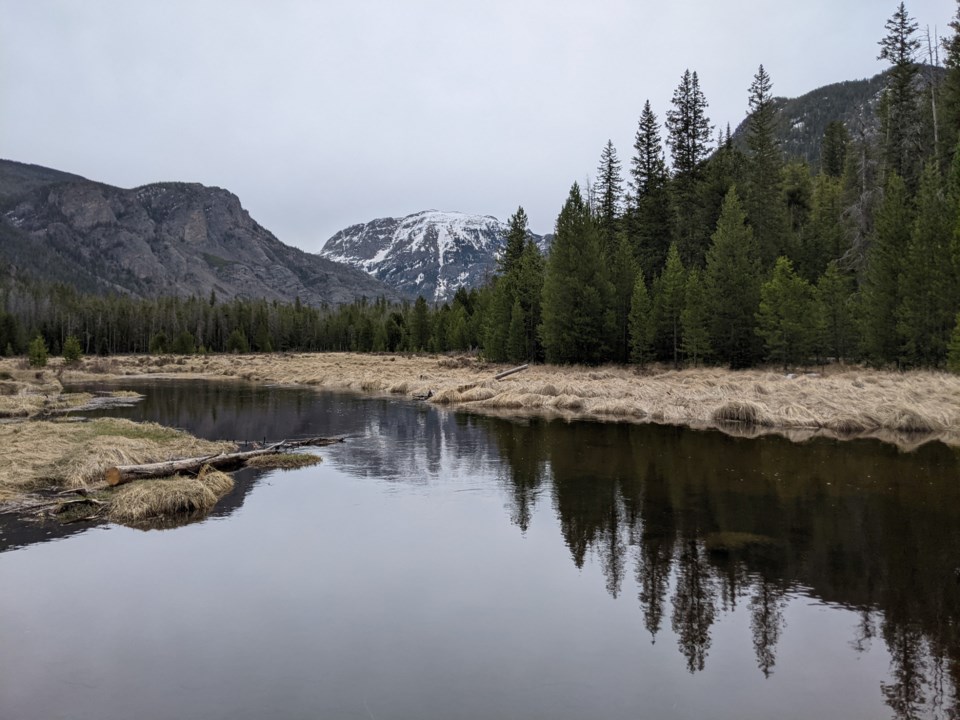Northern Water Board of Directors has increased the 2023 quota allocation for the Colorado-Big Thompson Project to 70%, up from the 40% initial quota set in October.
The 70% quota means that Longmont, and all the other allottees that receive water from the Colorado-Big Thompson Project, will receive 70% of their units in the project. The 70% quota is the most common one declared by the board. In 2022, the final quota was 80%.
Quotas are expressed as a percentage of 310,000 acre-feet, the amount of water the C-BT Project was envisioned to deliver to allottees each year, making 0.70 acre-feet of water available for each C-BT Project unit this year. The initial C-BT quota for the 2023 season was 40%, which was less than recent years, with the board citing the uncertainty of the Colorado River Basin’s hydrology at the time.
Longmont receives a little over 12,000 units from the project and will receive 70% of that with this quota. An acre foot of water is enough water for roughly two to three families a year, and the C-BT Project is one of multiple sources of water for the city.
“Longmont is pleased with the quota at 70% as set by the North Water Board,” Longmont Water Resources Manager Ken Huson said. “We actually provided the board with that as a recommended quota for 2023. A 70% quota will fully provide the C-BT water needed for Longmont’s 2023 projected water demand while providing ample reserve storage water for future years.”
The C-BT diverts water from the headwaters of the Colorado River to the Eastern Slope, supplementing 33 cities and towns including Longmont, 120 agricultural irrigation companies and other water users.
According to a release from Northern Water, board members discussed the combination of this year’s above-average snowpack and streamflow projections contrasted against low reservoir levels on the East Slope and below-average soil moisture readings throughout much of the district.
While current soil moisture conditions for northeastern Colorado farmland prompted several board members to ask for consideration of a higher quota, others cited the uncertainty of future hydrology. Members voted 8-4 to increase the allocation from the 40% initial quota set in October.



